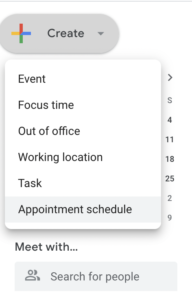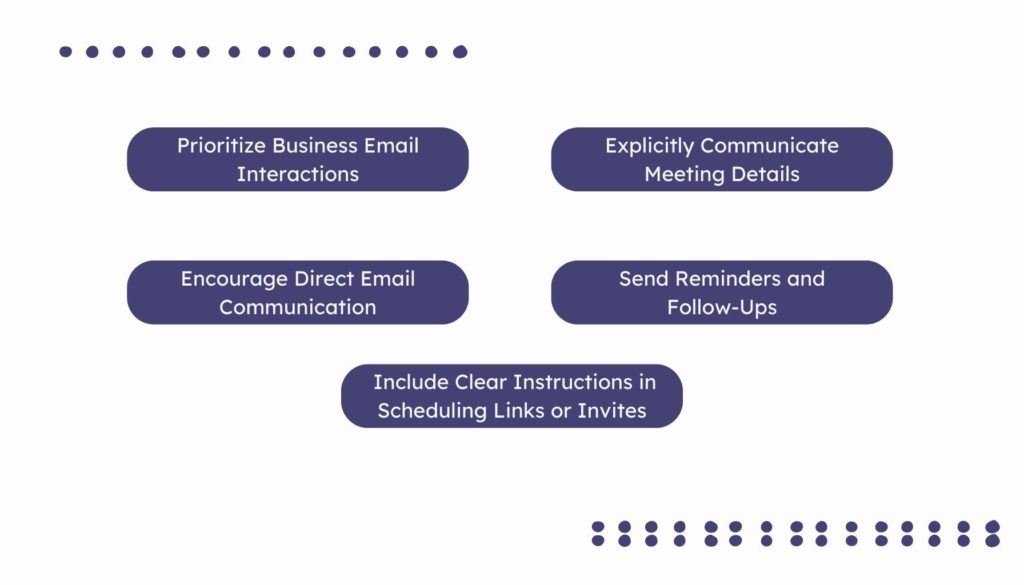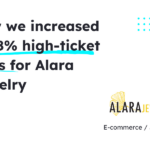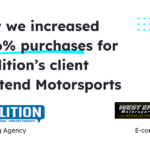
Effective meeting management is crucial for productivity and collaboration in any organization. However, it can be frustrating when guests fail to show up to scheduled meetings, causing delays, miscommunication, and wasted time. If you’ve increasingly experienced this issue in the past months, you’re not alone.
Recent changes in Google Calendar’s policies have impacted scheduling tools, including popular platforms like Calendly. With the implementation of this new policy, calendar invitations will no longer be automatically added to events when it is the invitee’s first time booking with you.
This shift supposedly aims to combat spam and ensure more meaningful interactions, but as it turns out, it favors Google’s own newly launched booking software.
So, let’s navigate through the intricacies of this update and understand how we can enhance your meeting scheduling process.
What Has Changed? New Policy from Google Calendar
Google has recently implemented an update to its default calendar settings, introducing measures to combat unsolicited meeting invitations sent to personal email addresses in an effort to tackle spam. The objective of this update is to prevent Gmail users’ calendars from being flooded with spam requests, thereby ensuring a more streamlined and efficient scheduling experience.

This update has been introduced after Google Calendar enhanced its own booking software, Appointment Schedule, which can now be found under the ‘Create’ button. It will give users a similar experience to other scheduling tools.

Under the updated settings, if a calendar invitation is sent to a personal email address and there has been no prior interaction with the recipient via email, the recipient will need to confirm their booking by clicking on a confirmation link within their email inbox. This additional step ensures that meeting invitations are only accepted by genuine recipients who actively engage with the confirmation process.
The Debate Around the New Google Calendar Update
This move has significant implications for users and has sparked concerns regarding competition and consumer choice. Moreover, Google’s implementation of a spam prevention measure, while intended to enhance user experience, seems to be selective in its application. As mentioned, the measure does not apply to meetings booked through Google’s own software, which conveniently supports only one video meeting option—Google Meet.
The changes introduced by Google include auto-opting most users’ defaults to not show third-party invites in their calendar unless specific criteria are met, such as prior email interaction with the host or explicit acceptance of the invite in email. This has caused major issues for other scheduling platforms, and a significant rise in no-shows.
Ultimately, this adds an extra layer of complexity to the process of qualifying a lead, resulting in higher costs per acquisition (CPAs) and a lower ROI across all channels for marketers.
Recommendations for Reducing Your No-Show Rate
Here are some recommendations that will help you tackle this issue if you continue to use a third-party scheduling tool (but will also come in handy if you turn to Google Calendar’s new software):
1. Prioritize Business Email Interactions:
Whenever possible, aim to establish prior email interactions with potential meeting attendees who use personal email addresses. By initiating communication through their business email, you will reduce the chance of requiring a confirmation requirement and ensure that meeting invitations are automatically added to their calendars.
2. Encourage Direct Email Communication:
Encourage invitees to reach out to you directly via email before scheduling a meeting. By having an initial conversation or exchange of information, you establish an email interaction, allowing subsequent meeting invitations to be automatically added to their calendars.

3. Send Reminders and Follow-Ups:
Regularly send reminders to meeting attendees, regardless of their email type. Reminders help reinforce the meeting’s importance and serve as prompts for attendees to double-check their calendars. Additionally, sending follow-up emails after the meeting with action items and next steps can help reinforce engagement and accountability.
4. Include Clear Instructions in Scheduling Links or Invites:
When providing scheduling links or sending calendar invites, include clear instructions for first-time invitees. Inform them about the need to confirm their booking by clicking on the confirmation link within their email inbox. Clear instructions will help minimize confusion and ensure that they take the necessary steps to secure their meeting spot.
5. Explicitly Communicate Meeting Details:
Provide comprehensive and clear meeting details in your invitations, including the agenda, meeting objectives, and any specific instructions or preparations required. Clear communication helps build attendees’ understanding of the meeting’s purpose and reinforces their commitment to attending.
Implementing these recommendations can mitigate the impact of the recent Google Calendar update on your no-show rate. Remember that effective communication, establishing prior interactions, and providing clear instructions are key to ensuring successful meeting attendance and fostering productive collaboration.
Lower Your CPAs Effectively by Increasing Your Website Conversions
With the recent Google Calendar update causing an increase in the no-show rate, it becomes even more crucial to optimize website conversions, which will in turn lower your CPA and improve your ROI.
Increase +180%
leads
demos
sales
bookings
from your website with AI
Get more conversions from your existing website traffic delivering personalized experiences.

Personalizing the buying journey is key to achieving this goal. Pathmonk Accelerate uses micro-experiences to create highly engaging and personalized interactions with website visitors, significantly improving conversion rates.
These micro-experiences allow you to capture visitors’ attention, guide them through personalized journeys, and incentivize actions that align with your business objectives.
By leveraging micro-experiences effectively, you can:
- Increase Engagement: Micro-experiences provide captivating and interactive elements that encourage visitors to spend more time on your website; exploring your offerings and becoming more invested in your brand.
- Personalized Interactions: Pathmonk’s micro-experiences enable tailored messaging and content based on visitors’ behavior, preferences, and interests. This level of personalization enhances the visitor experience, fostering a sense of connection and relevance.
- Optimize Conversion Paths: Micro-experiences will allow you to create seamless and optimized conversion paths, guiding visitors toward the desired actions, such as signing up for a newsletter, requesting a demo, or making a purchase.
- Improve Lead Quality: By using micro-experiences to capture visitor information, you can gather valuable data and insights to that the leads generated are of higher quality and more likely to convert into customers.
Conclusion
The recent Google Calendar update, with its impact on our no-show rate, highlights the importance of reducing Cost Per Acquisition (CPA) and increasing Return on Investment (ROI). By incorporating innovative solutions like Pathmonk Accelerate, you can effectively optimize website conversions and get more conversions from your marketing efforts; directing more leads to the ‘Book a Call’ stage.
By leveraging micro-experiences effectively, you can increase engagement, personalize interactions, optimize conversion paths, and improve lead quality. These tailored experiences capture visitors’ attention, guide them through personalized journeys, and incentivize actions aligned with business goals. This level of engagement and personalization not only enhances the visitor experience but also drives higher conversion rates and lowers CPAs. And once again, we triumph over Google’s advancements; beating their ever-changing strategies.








